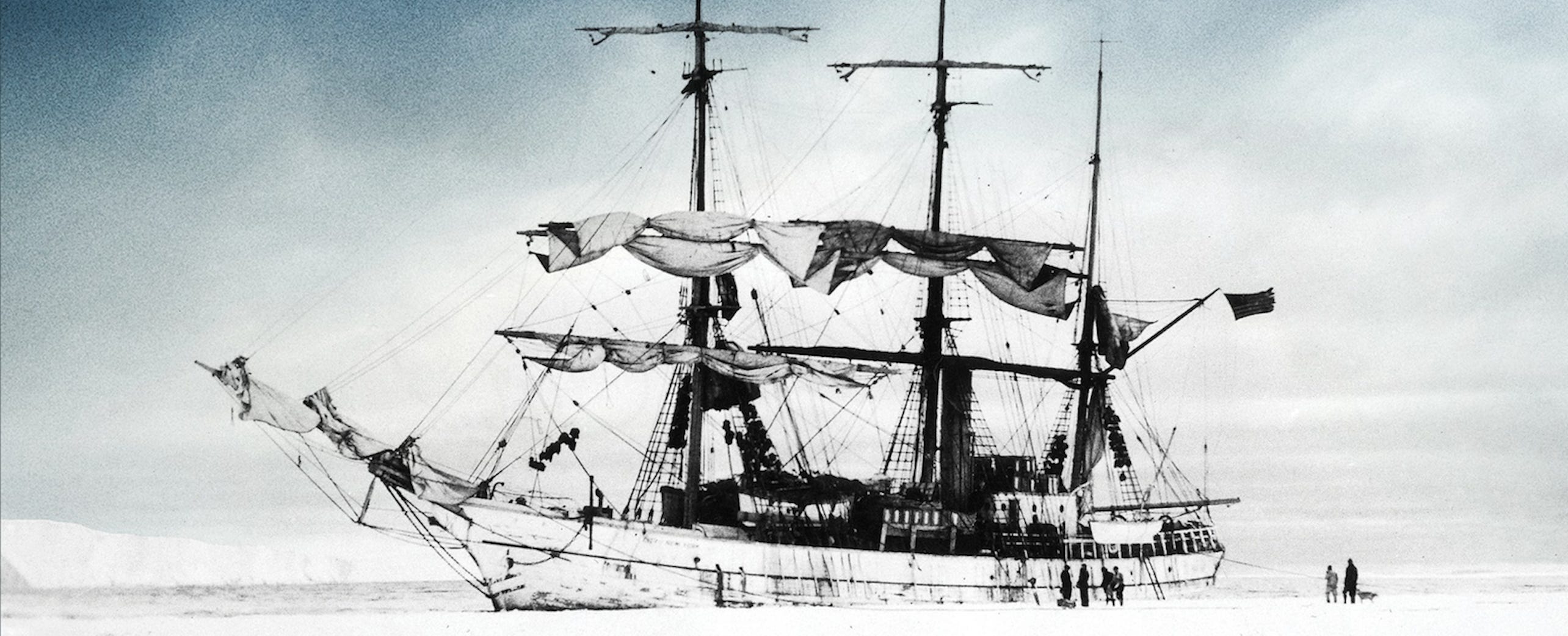How Narratively Contributor Laurie Gwen Shapiro Landed Her First Nonfiction Book Deal
A Q&A with the author of a new hit book about an extraordinary adventure to Antarctica.
If you’re a historian, Antarctica buff, or dedicated Narratively reader—or if you’ve been in a bookstore recently—you’ve likely heard of Narratively contributor Laurie Gwen Shapiro’s acclaimed historical nonfiction book, The Stowaway. Released by Simon & Schuster in January, Shapiro’s book has earned rave reviews everywhere from The New York Times to USA Today. With extraordinary detail, Shapiro traces the journey of Billy Gawronski, a scrappy first-generation youngster from New York, as he sneaks aboard one of the first U.S. expeditions to Antarctica.
What you may not know, however, is that Shapiro is nothing like the stuffy, unapproachable academic you might imagine writing such a painstakingly researched book. Charming and quietly exuberant, Shapiro is a self-proclaimed "chronic eavesdropper" who speaks as though she’s unveiling a series of highly-coveted secrets.
Keep reading with a 7-day free trial
Subscribe to Narratively to keep reading this post and get 7 days of free access to the full post archives.




